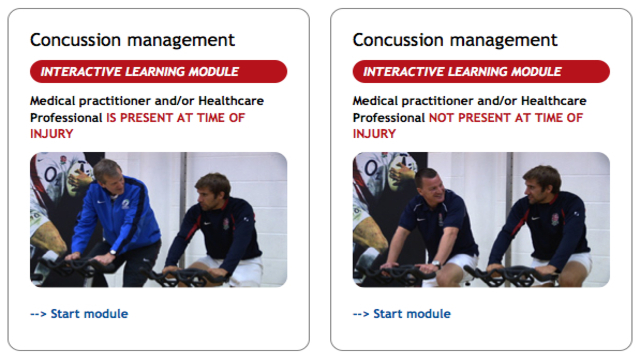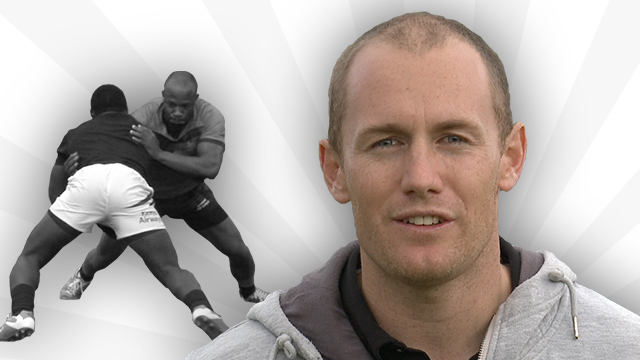Well done, the IRB. There, I’ve said it. It’s time to give the suits in Dublin a round of applause. This week they have launched an interactive website to promote proper concussion management. It may be too long and you should not have to log in to access the information, but at least it’s there. It shows the IRB’s heart is in the right place, even if their brain occasionally still goes AWOL.
This weekend is the two year anniversary of the match in Cardiff when Thom Evans suffered a sickening compression of head and spine that forced him to retire from the game. His brother Max says now: “Every time I walk off after every game I am thankful.”
That incident and many others prompted continued and renewed action from the IRB. For too long concussion was treated with ignorance. A doctor would wave a couple of fingers at a player, ask him his name and urge him to get on with it.
When I had my head kicked in on a rugby pitch at school, the chemistry master leaned over me and urged me to swallow my own blood because it was good protein. I was open to any suggestion in my concussed state. I spent the next few hours throwing up plasma.
More recently Jamie Roberts, a medical student for goodness sake, played 16 minutes with a fractured skull. He thought something was wrong because of “the squeaking sound in my head.” Last season, lest we forget, Australian Halley Appleby died from a rugby impact.
Fortunately such terrible injuries as Appleby’s are rare, but long term concussion is not. Former New Zealand scrum-half Steve Devine still suffers terribly from all the blows to the head he suffered as a player, as does Bill Beaumont. They are a couple of names among the many.
The International Rugby Players Association director Rob Nichol says: “Managing concussion effectively in any form of activity is a challenge. We urge all those involved in Rugby to complete the online educational module, and encourage your friends to do so.
“By way of message to players it is simply educate yourself through the website and be honest with medical and support people if you suspect concussion. Medical staff can’t help if you don’t tell them the truth.”
I would urge the IRB to simplify their module or at least present two versions. We live in a short attention span age and it takes a long time to get from the start to the finish of the current module. People will switch off. The key message needs to be condensed. At the moment it is nearly 25 steps long.
It is too important a message to be lost. A key part says: “Players suspected of having concussion must be removed from play and must not resume play in the match. Continuing to play after sustaining a concussion may result in a more serious brain injury.”
People who do not believe that final message should research the shrunken brains full of holes that have been discovered in dead American football players. The consequences of repeated head impact are potentially horrendous.
The RFU’s Dr Simon Kemp was cautious about acting before having sufficient research data, but I cheer him for pushing this through. Dr Barry O’Driscoll, uncle of Brian, has been one of the loudest voices of sanity in this whole process. He always emphasised how little we understood about the long term consequences of concussion and that it was better to act now, than be regretful later.
So, well done the IRB. Perhaps the game could have concussion week to raise awareness. There is a long way to go to raise awareness in players and it is sad to see Berrick Barnes still playing the game.
But this is a great initiative from the IRB and particularly timely on the anniversary of Thom Evans’s life altering injury.
You can access the IRB’s new Concussion Management tool at www.irbplayerwelfare.com/concussion


















